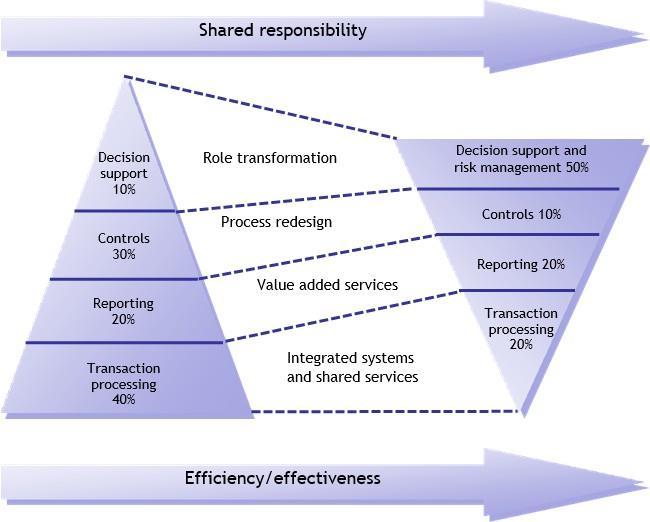
1 minute read
Shareholder ratios
Ratio Possible interpretations
Return on equity (ROE)
Advertisement
This is virtually the same measure as the Return on investment referred to in the profitability ratios. It lets the long-term investors (shareholders and venture capitalists) look at the return they are making on their investment and at whether they would make a better return if they invested elsewhere. Sometimes for this ratio people use profit after interest and tax as the indicator of profit as this is the profit left for potential reinvestment or dividends.
Growth
The return for shareholders comes from the growth in share price. This comes in part from the growth in the business. Shareholders are especially interested in the balance sheet growth of the shareholders’ funds but will also be interested in the growth in sales and whether this has been reflected in a similar growth in profit.
Earnings per share
(EPS)
Dividend cover
This is a measure based on how much profit could be shared out between the shareholders. It would then be up to the shareholders at the annual general meeting to decide how much of this should actually be paid out in dividend and how much to reinvest in the business.
This is similar to the interest burden or cover looked at by the banks. It simply looks at how much profit has been made in relation to the dividend paid and how easy it is for the organisation to ‘cover’ the payment of that dividend.
Dividend yield
Like the PE ratio, this is of more interest to the investor on the Stock Exchange and simply looks at how much dividend has been earned in relation to the price they have to pay for the shares. This is balanced with the possible growth in the market price of the share and the investors’ attitude to risk.



